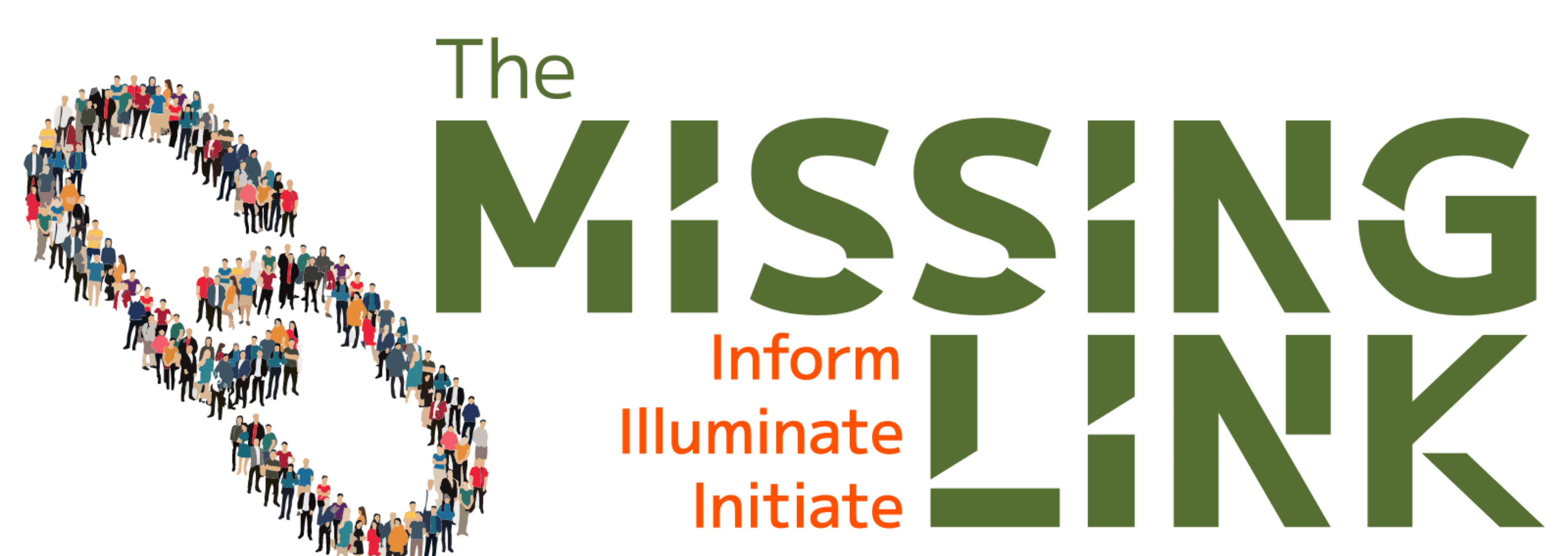When you think of DNA, you might picture a science class, a crime scene investigation on television, or even a genetic test to discover your ancestry. But have you ever thought of DNA as a tool to store videos, photos, or even your favorite music? In this article, we’ll explore why DNA might just become the future’s ultimate data-storage solution and how this remarkable molecule is not just the code of life but perhaps also the code for our digital world.
What is DNA?
Before diving into the world of DNA data storage, let’s understand what DNA is. DNA, or deoxyribonucleic acid, is the complex molecule that contains the instructions needed for an organism to develop, survive, and reproduce. It’s like the blueprint of life, holding the information in a code made up of four chemical bases: adenine (A), cytosine (C), guanine (G), and thymine (T). These bases pair up in specific ways to form the double helix structure of DNA.
Why use DNA for data storage?
Imagine a flash drive that could store the entire Library of Congress in a space no bigger than a teaspoon! That’s the potential of DNA storage. Here’s why scientists are excited about it:
- Incredible Density: DNA can store a huge amount of information in a tiny space. A gram of DNA could potentially hold 215 petabytes (215 million gigabytes) of data!
- Stability: Unlike traditional hard drives or CDs, which can deteriorate over time, DNA can last for thousands of years if stored properly.
- Universality: The DNA code is the same across all forms of life, meaning the technology developed to read it could be standardized and used anywhere in the world.
How does it work?
Storing data in DNA might sound like science fiction, but it’s relatively straightforward:
- Encoding: The data, such as a text file or a picture, is converted into binary code (ones and zeros). This binary code is then translated into a sequence of DNA bases (A, C, G, and T).
- Synthesis: The DNA sequence is chemically synthesized, creating a physical DNA strand.
- Reading: To read the data, the DNA is sequenced, and the sequence is converted back into binary code and then into the original file format.
Challenges and the Future
While the potential of DNA storage is exciting, it’s not without challenges.
- Cost: Currently, synthesizing and reading DNA is expensive, which makes it impractical for everyday use.
- Speed: Writing and reading DNA data takes longer than traditional methods, so it’s not yet suitable for real-time applications.
However, scientists are optimistic that these challenges will be overcome as technology advances.
Conclusion
DNA data storage is not just an idea from a sci-fi novel; it’s a growing field of research with vast potential. As we continue to generate more and more data, we’ll need innovative solutions like DNA storage to keep up with our expanding digital universe.
For students and young scientists, this area opens up exciting possibilities for careers, innovation, and exploration of the fusion between biology and technology. Unraveling life’s code might just be the beginning of unraveling our future digital world.





